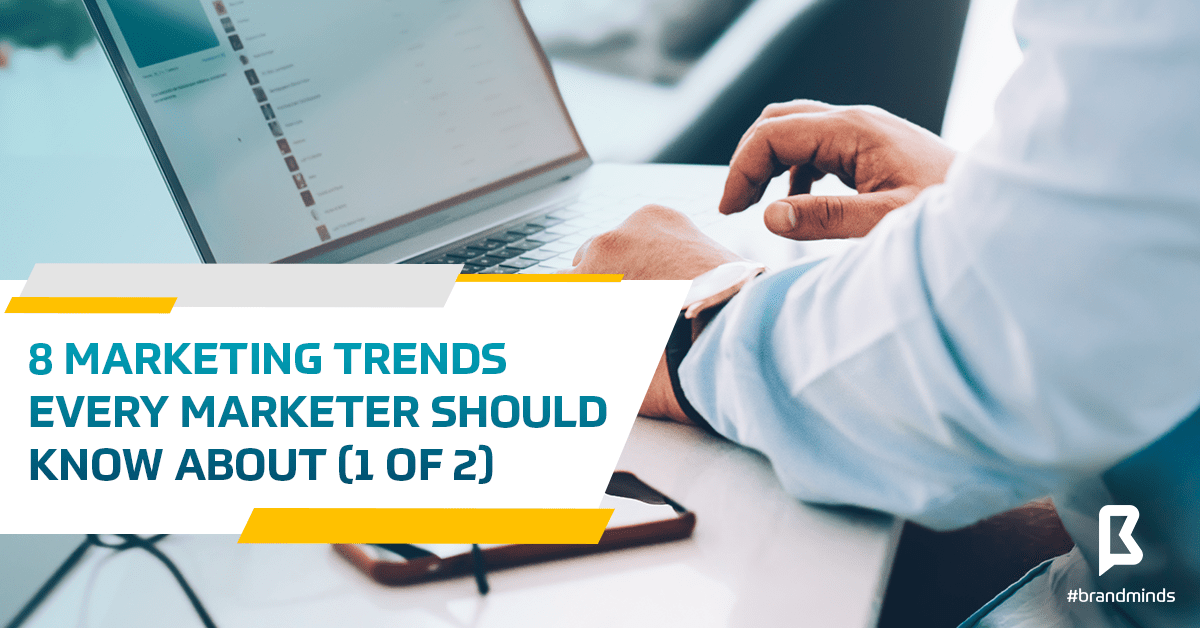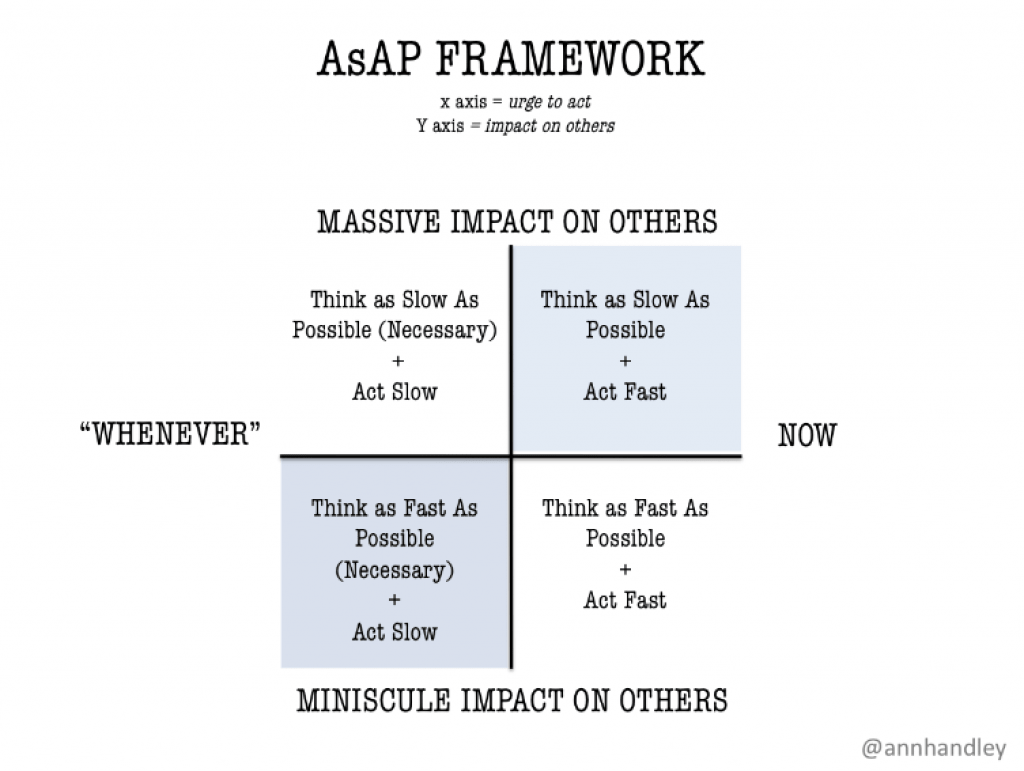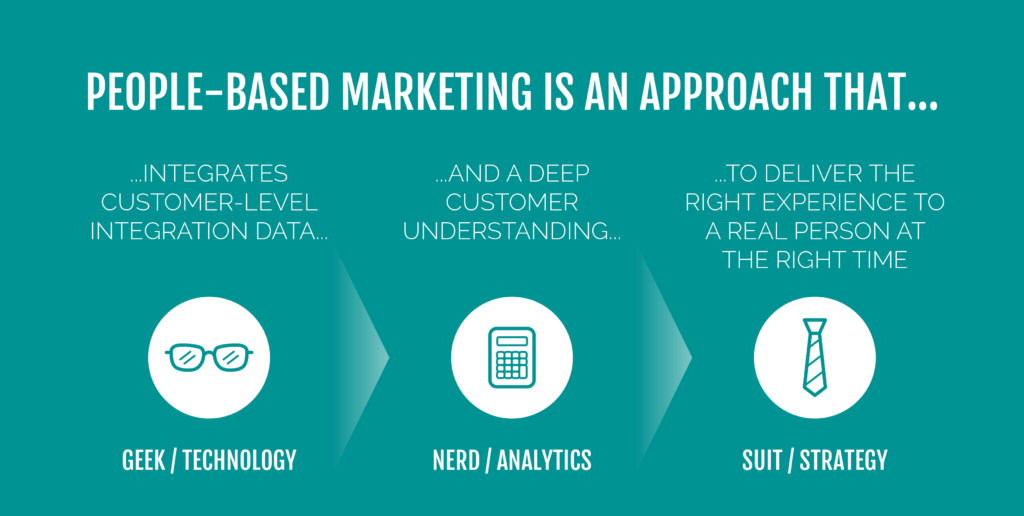8 Marketing Trends Every Marketer Should Know About (1 of 2)

In recent years, marketers have come across various marketing trends and movements.
In this article, I talk about 8 marketing trends:
- slow marketing,
- people-based marketing,
- emotional marketing,
- empathy-based marketing,
- neuromarketing,
- mindful marketing,
- omnichannel marketing
- content shock.
So many marketing trends! You may be familiar with some of them while the others are unknown.
If you feel a bit confused, don’t worry, you are not alone! When I came across the first one, I made a note on my smartphone to remember to learn more about it. Then I came across the second, then the third. By the fourth term, it dawned on me:
If I feel I need to bring myself up to speed with all these marketing trends, I’m probably not alone. It would help me and my fellow marketers more if I brought them all together into one article!

This is a two-part article.
Allow our platform to send you notifications to make sure you read part 2 by clicking on the red bell in the corner of the page.
So let’s dive in!
1. Slow Marketing – A philosophy and a process
I read about slow marketing on Ann Handley’s blog. A quick search on Google showed that the first article on slow marketing was written back in 2012 by Tad Hargrave.
Slow Marketing is a movement and a philosophy and much to its name, it is taking its time to become mainstream.
In Tad Hargrave’s opinion, the slow marketing movement is this:
- It takes time to build relationships with your customers; as a marketer, you need to acknowledge it and take it slow;
- Take your time to plan for the long run instead of the now – long-term versus short-term;
- Instead of pressuring your clients to make a buying decision, give them time to figure out if they are the perfect fit;
- Listen before you jump into the conversations, take your time to know your customers.
Ann Handley finds a new meaning to the ASAP acronym. She suggests we should replace As Soon As Possible with As slow As Possible (AsAP).
Here is how she defines AsAP:
As slow As Possible means slowing down at the best moments to deliver the best possible results.
Ann Handley
While Tad defines slow marketing as a philosophy, Ann takes a different approach.
She advocates for balancing the fast pace of today’s marketing with slowing down moments:
- Decide when to slow down and when to go fast;
- Take your time to find your focus;
- Slow down when you need to take in knowledge and understand it (about your customers, about your industry or market);
- Speed up when you need to produce something important;
- It’s about having a lasting impact on others.

2. People-based Marketing – Delivering experiences to people, not devices
What is people-based marketing?
It’s a topic of interest for many marketers like you and me (this question is on Quora) and also for large brands like Facebook.
People move seamlessly between devices: they search for products on a desktop and purchase online on their smartphone.
The customer journey doesn’t follow a straight line anymore; it registers many ups and downs. It’s becoming increasingly harder to reach “the right person, at the right place, at the right time, with the right message”.
Facebook sees people-based marketing as a solution to this problem. As an advertiser, Facebook switched from cookie-based advertising which distorts campaign results to people-based marketing which allows for better measurement and planning.
With people-based data and tools, marketers are able to tie actions directly to real people wherever they may be and close the measurement gaps that exist with traditional cookie-based measurement—which doesn’t capture the full consumer journey.

image source: thrivemedia.io
3. Emotional Marketing – Inspire, act and tell a story
Consumers make buying decisions based on emotions, not information or hard facts.
The emotional marketing studies how to arouse emotions in people to induce them to buy a particular product/service.
Brands that have a complete understanding of their customers’ range of emotions are successful. Putting together the emotional profile of their customers base is the foundation upon which brands build campaigns with maximum impact.
Emotional marketing refers to marketing and advertising efforts that primarily use emotion to make your audience notice, remember, share, and buy. Emotional marketing typically taps into a singular emotion, like happiness, sadness, anger, or fear, to elicit a consumer response.
Brands turn to emotional marketing when their goal is to inspire people to act, to create a movement/community or to tell a story.
As with our friends and loved ones, we connect with those brands which show to us they are aware of our struggles, our aspirations and goals, our problems.
We connect with and support brands which lift us up through their messages. Why? Because they make us feel good about ourselves.
Dove is among the savviest brands leveraging emotional marketing in its campaigns.
4. Empathy-based Marketing – Connecting and building trust
Empathy-based marketing is about connecting and building trust with your customers.
Empathy is feeling the same as the other person.
Empathy-based marketing is about walking in your customer’s shoes to understand their experience and how we can better help them get what they want. You don’t want to think like the customer. You want to BE the customer.
Empathy happens when two people talk to each other. Through words and body language, they show they understand what the other is going through.
Show your customers you understand them by providing active listening.
Empathy-based marketing is about presenting your customers with solutions to their problems. It’s about helping them by providing valuable and useful content.

This article continues with part 2.

Join the Conversation
We’d love to hear what you have to say.
Get in touch with us on Facebook Group and Twitter.